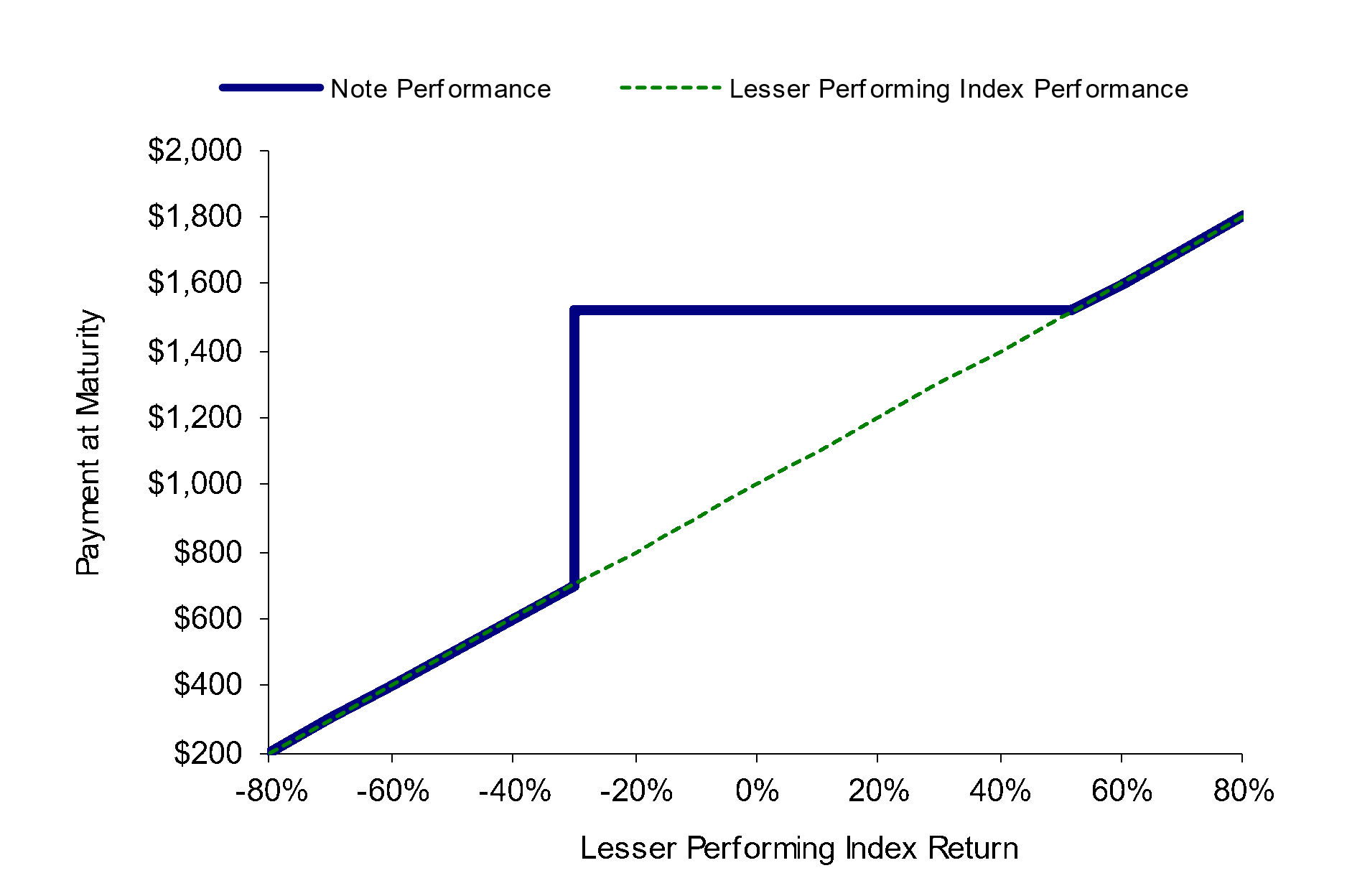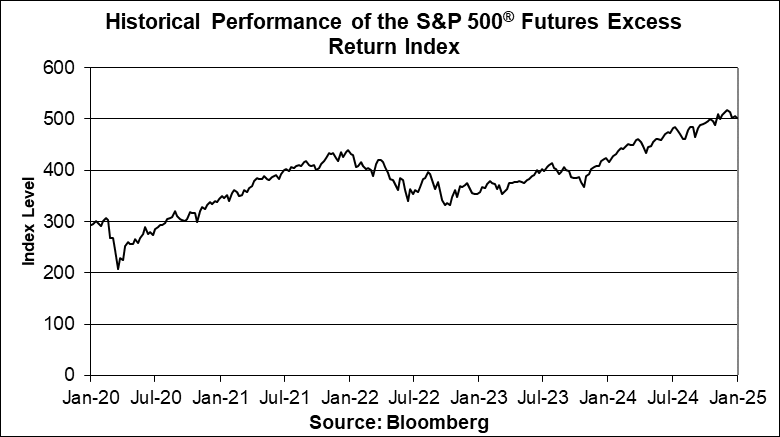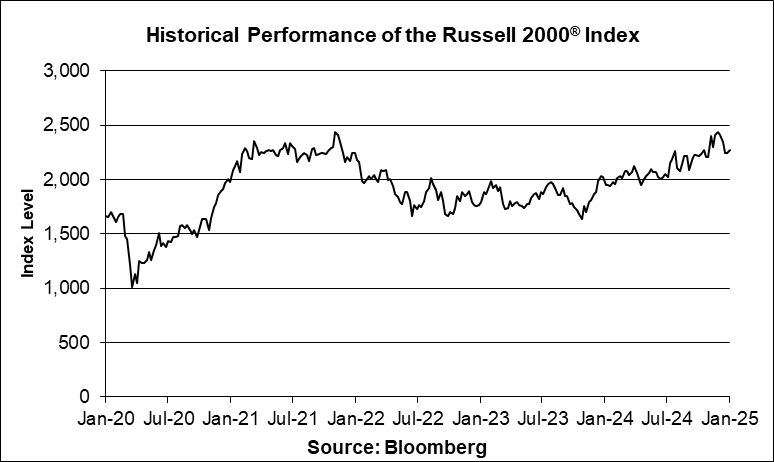notes from you in secondary market transactions, if at all, is likely to be lower than the original issue price. Any sale by you prior to the Maturity Date could result in a substantial loss to you.
●SECONDARY MARKET PRICES OF THE NOTES WILL BE IMPACTED BY MANY ECONOMIC AND MARKET FACTORS —
The secondary market price of the notes during their term will be impacted by a number of economic and market factors, which may either offset or magnify each other, aside from the selling commissions, projected hedging profits, if any, estimated hedging costs and the levels of the Indices. Additionally, independent pricing vendors and/or third party broker-dealers may publish a price for the notes, which may also be reflected on customer account statements. This price may be different (higher or lower) than the price of the notes, if any, at which JPMS may be willing to purchase your notes in the secondary market. See “Risk Factors — Risks Relating to the Estimated Value and Secondary Market Prices of the Notes — Secondary market prices of the notes will be impacted by many economic and market factors” in the accompanying product supplement.
Risks Relating to the Indices
●JPMORGAN CHASE & CO. IS CURRENTLY ONE OF THE COMPANIES THAT MAKE UP THE S&P 500® INDEX, THE INDEX UNDERLYING THE UNDERLYING FUTURES CONTRACTS OF THE S&P 500® FUTURES EXCESS RETURN INDEX,
but JPMorgan Chase & Co. will not have any obligation to consider your interests in taking any corporate action that might affect the level of the S&P 500® Futures Excess Return Index.
●THE S&P 500® FUTURES EXCESS RETURN INDEX IS SUBJECT TO SIGNIFICANT RISKS ASSOCIATED WITH THE UNDERLYING FUTURES CONTRACTS —
The S&P 500® Futures Excess Return Index tracks the excess return of the Underlying Futures Contracts. The price of an Underlying Futures Contract depends not only on the level of the underlying index referenced by the Underlying Futures Contract, but also on a range of other factors, including but not limited to the performance and volatility of the U.S. stock market, corporate earnings reports, geopolitical events, governmental and regulatory policies and the policies of the Chicago Mercantile Exchange (the “Exchange”) on which the Underlying Futures Contracts trade. In addition, the futures markets are subject to temporary distortions or other disruptions due to various factors, including the lack of liquidity in the markets, the participation of speculators and government regulation and intervention. These factors and others can cause the prices of the Underlying Futures Contracts to be volatile and could adversely affect the level of the S&P 500® Futures Excess Return Index and any payments on, and the value of, your notes.
●SUSPENSION OR DISRUPTIONS OF MARKET TRADING IN THE UNDERLYING FUTURES CONTRACTS MAY ADVERSELY AFFECT THE VALUE OF YOUR NOTES —
Futures markets are subject to temporary distortions or other disruptions due to various factors, including lack of liquidity, the participation of speculators, and government regulation and intervention. In addition, futures exchanges generally have regulations that limit the amount of the Underlying Futures Contract price fluctuations that may occur in a single day. These limits are generally referred to as “daily price fluctuation limits” and the maximum or minimum price of a contract on any given day as a result of those limits is referred to as a “limit price.” Once the limit price has been reached in a particular contract, no trades may be made at a price beyond the limit, or trading may be limited for a set period of time. Limit prices have the effect of precluding trading in a particular contract or forcing the liquidation of contracts at potentially disadvantageous times or prices. These circumstances could delay the calculation of the level of the S&P 500® Futures Excess Return Index and could adversely affect the level of the S&P 500® Futures Excess Return Index and any payments on, and the value of, your notes.
●THE PERFORMANCE OF THE S&P 500® FUTURES EXCESS RETURN INDEX WILL DIFFER FROM THE PERFORMANCE OF THE INDEX UNDERLYING THE UNDERLYING FUTURES CONTRACTS —
A variety of factors can lead to a disparity between the performance of a futures contract on an equity index and the performance of that equity index, including the expected dividend yields of the equity securities included in that equity index, an implicit financing cost associated with futures contracts and policies of the exchange on which the futures contracts are traded, such as margin requirements. Thus, a decline in expected dividends yields or an increase in margin requirements may adversely affect the performance of the S&P 500® Futures Excess Return Index. In addition, the implicit financing cost will negatively affect the performance of the S&P 500® Futures Excess Return Index, with a greater negative effect when market interest rates are higher. During periods of high market interest rates, the S&P 500® Futures Excess Return Index is likely to underperform the equity index underlying the Underlying Futures Contracts, perhaps significantly.
●NEGATIVE ROLL RETURNS ASSOCIATED WITH THE UNDERLYING FUTURES CONTRACTS MAY ADVERSELY AFFECT THE LEVEL OF THE S&P 500® FUTURES EXCESS RETURN INDEX AND THE VALUE OF THE NOTES —
The S&P 500® Futures Excess Return Index tracks the excess return of the Underlying Futures Contracts. Unlike common equity securities, futures contracts, by their terms, have stated expirations. As the exchange-traded Underlying Futures Contracts approach expiration, they are replaced by contracts of the same series that have a later expiration. For example, an Underlying



